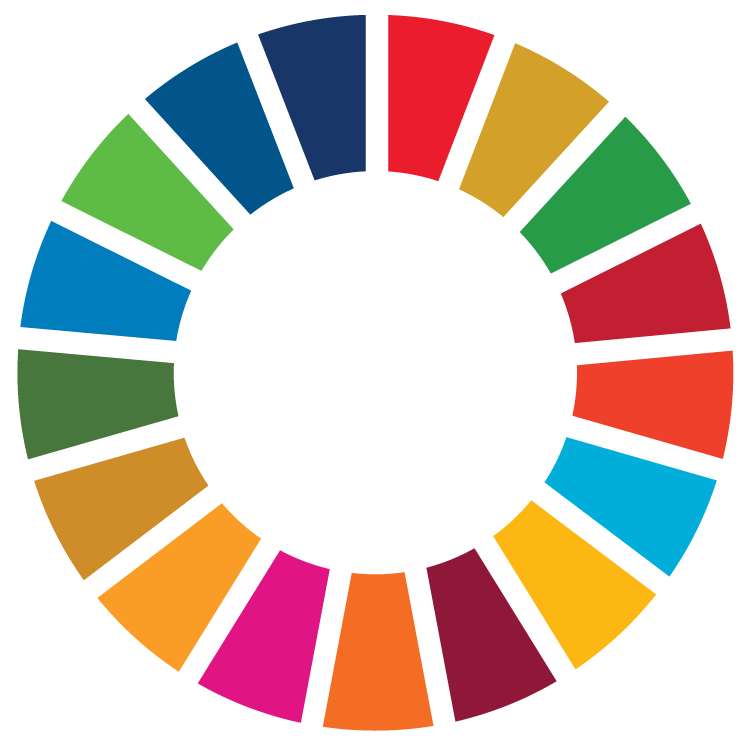Text traduït
Aquesta assignatura s'imparteix en anglès. El pla docent en català és una traducció de l'anglès.
La traducció al català està actualitzada i és equivalent a l'original.
Si ho prefereixes, consulta la traducció!
Texto traducido
Esta asignatura se imparte en inglés. El plan docente en español es una traducción del inglés.
La traducción al español está actualizada y es equivalente al original.
Si lo prefieres, ¡consulta la traducción!
Original text
This subject is taught in English. The course guide was originally written in English.
Course
Advertising and Public Relations
Subject
Brand Design
Type
Optional (OP)
Credits
6.0
Semester
1st
| Group | Language of instruction | Teachers |
|---|---|---|
| G21, classroom instruction, mornings | English | Alberto Planelles González |
| G25, classroom instruction, afternoons | English | Alberto Planelles González |
Sustainable Development Goals (SDG)

- 5. Gender equality
- 12. Responsible consumption and production
Objectives
- Understand the concept of "brand", the basic terminology of organizations' corporate language and the integrated marketing communications performance.
- Get an overview of the current situation and trends of brand design through a historical perspective of an evolutionary analysis of brands.
- Assimilate and develop the whole process for the creation of visual identity programs, brand guidelines or brand books considering the socioeconomic and cultural environment of a brand.
- Go deeply into visual theories and methodologies in order to interpret image language.
- Be able to perform a graphic analysis of brands, decoding the concepts and the meanings they represent.
- Involve students in the strategic thinking, research and decision-making prior to the application of aesthetic options when developing a visual identity program.
- Foster teamwork and strengthen individual attitudes related to design.
- Effectively manage resources and tools in the design of brands, from theoretical knowledge to practical completion.
Learning outcomes
- Identify the principles and concepts that enable enterprises and institutions to design, develop, implement and evaluate a marketing plan for an organisation, a brand or a product.
- Transmit information, ideas, problems and solutions appropriately and in accordance with academic norms, orally, in writing and audiovisually, to specialists and non-specialists, while respecting linguistic, social, cultural, gender and economic diversity.
- Apply conventional and non-conventional advertising communication techniques to effectively convey messages, harnessing creativity and innovation, while respecting linguistic, social, cultural, gender and economic diversity.
- Operate in diverse computer and digital environments (multidisciplinary and complex) linked to communication disciplines in all their written, visual and audiovisual dimensions (in one's own language and in foreign languages), in addition to ways that facilitate new relationships with audiences in face-to-face, virtual and emerging environments, with a high degree of precision in use, form and content.
Content
The student must have a basic knowledge of design and Adobe software.
- The brand concept
- Corporate identity
- Marketing strategy
- Branding and trends
- History of visual identity
- Visual message in the 20th century
- The age of information
- Digital revolution and new media
- Perception and representation
- Visual literacy
- Composition
- Chromatic language
- Typography as image
- The creative process
- Orientation: the briefing
- Research and analysis
- Design thinking
- Brand naming
- Visual corporate identity
- Brand construction
- Guidelines
- Corporate applications
- Presentation
Evaluation
The assessment of this course will be continuous and the percentages will be distributed in the following way:
- Final project: 45%. Students work in groups to develop a visual corporate identity and guidelines for a new brand, continuous assessment and final presentation. It can be retaken.
- Classwork and homework: 35%. Research, conceptualisation, design and showcase skills. No resit.
- Highlights test exam: 10%. No resit.
- Involvement in the subject: 10%. Attendance, participation, submissions and lectures attention. No resit.
Methodology
The four hours of class are divided into two parts: one-hour learning, discussing theoretical content and analysing case studies, the other three-hours are spent on classwork projects under the teacher's supervision.
- Theoretical content to familiarise students with the basics of conceptualisation, creation, planning, implementation and analysis of visual corporate identity guidelines. The final exam deals with all these theoretical issues.
- Quick classwork and homework (individual or team) with collective analysis and discussion.
- Design a visual corporate identity guidelines document in work teams supervised by the teacher throughout the class sessions. This final project is presented to the class through an elevator pitch and finally sent to the teacher in digital format.
Bibliography
Key references
- Cornelissen, Joep. (2014). Corporate Communication: A Guide to Theory and Practice. SAGE.
- Donis A, Dondis. (1974). A Primer of Visual Literacy (2 ed.). MIT Press.
- E. Schroeder, Jonathan., Salzer-Mörling, Miriam., Askegaard, Søren. (2006). Brand Culture. Taylor & Francis.
- Philip B, Meggs., Alston W, Purvis. (2016). Meggs' History of Graphic Design (6 ed.). John Wiley & Sons.
- Wheeler, Alina. (2014). Designing Brand Identity: An Essential Guide for the Whole Branding. John Wiley & Sons.
Further reading
Teachers will provide complementary bibliography and compulsory reading throughout the course via the Virtual Campus.